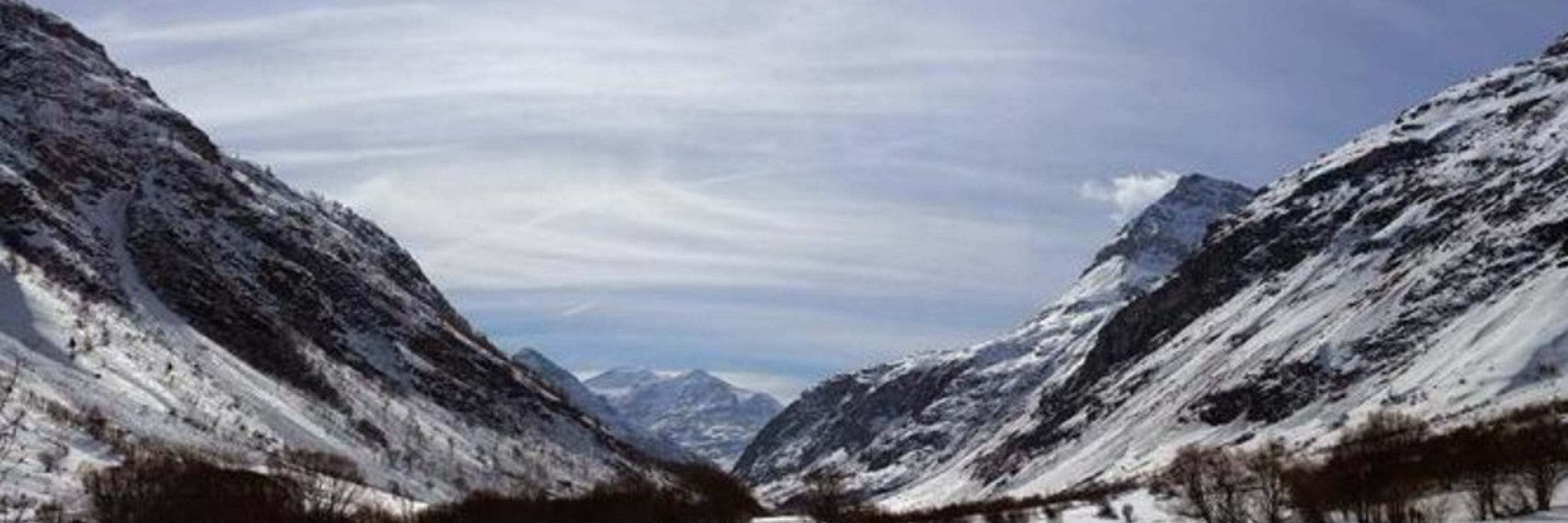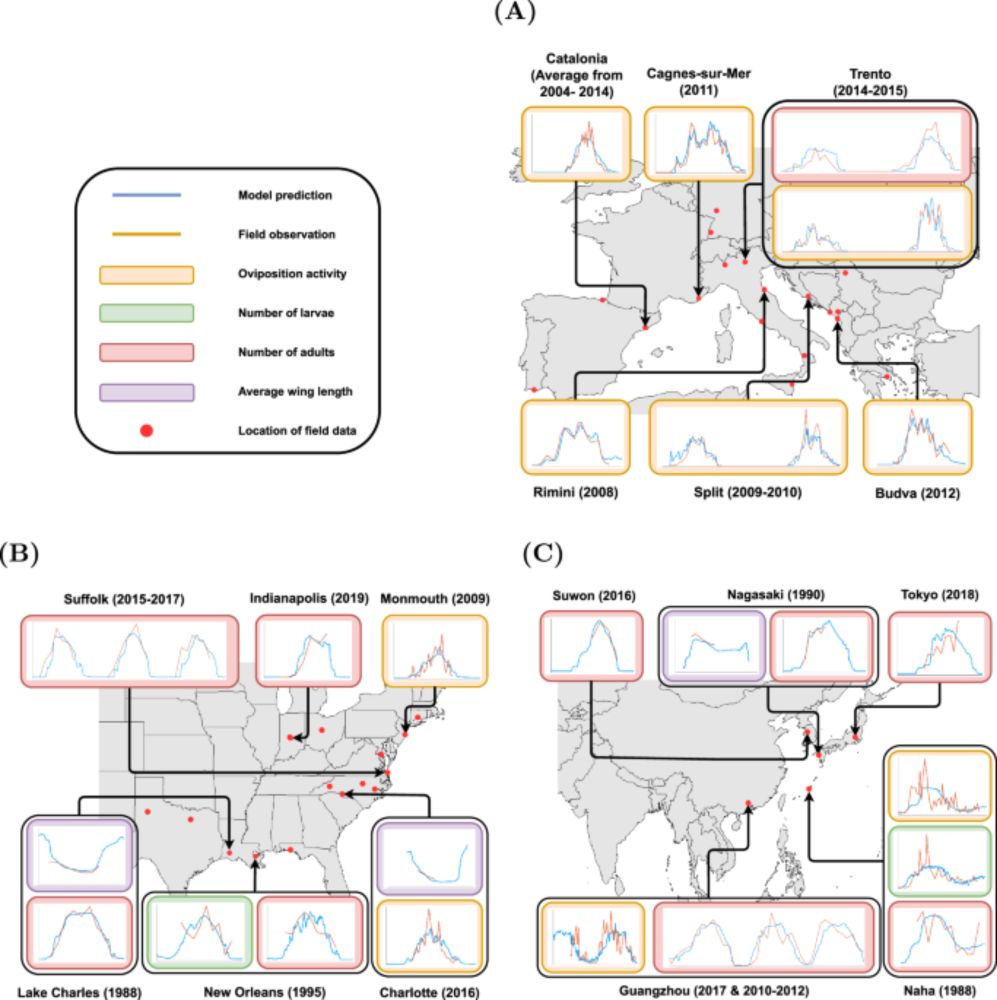Dr Steven White
@drstevenmwhite.bsky.social
1.5K followers
590 following
180 posts
Vector-borne disease modelling in humans, animals and plants at UKCEH (https://bsky.app/profile/ukceh.bsky.social). Currently working on mosquitoes 🦟, ticks 🕷️ and Xylella fastidiosa 🦠.
Posts
Media
Videos
Starter Packs
Reposted by Dr Steven White
Reposted by Dr Steven White
Reposted by Dr Steven White
BMC
@bmc.springernature.com
· 17d

Hot days and light-polluted nights increase nighttime activity of the diurnal tiger mosquito (Aedes albopictus) - BMC Environmental Science
Background Global urbanization and climate change introduce significant environmental challenges such as light pollution (a.k.a., artificial light at night or ALAN) and rising temperatures. Both factors have the potential to disrupt the temporal activity patterns of many species, including key disease vectors such as the tiger mosquito (Aedes albopictus). This study aimed to investigate whether light pollution and elevated daytime temperatures prompt Ae. albopictus to shift their activity towards the night, a typically less active period for these day-active mosquitoes. Methods During the summer of 2023, we enrolled 58 households across the Greater St. Louis area (MO, USA) and used traps to collect and monitor the host-seeking and mate-seeking activity of the tiger mosquito. Sites were selected across a light pollution gradient, and temperature was measured using field loggers and extracted from local weather stations. We analyzed the relationship between light pollution and daytime temperature with nighttime mosquito abundance using generalized additive models (GAMs) with negative binomial distributions, including percent impervious surface as a covariate. Results We found a pronounced increase in mosquito activity at night at sites with high levels of light pollution. Percent impervious surface only explained a small portion of the variance in nighttime abundance, while both daytime mosquito abundance and the interaction between light pollution and temperature explained substantial portions of the variance in nighttime abundance. The significant interaction between light pollution and temperature indicates that the effect of light pollution on nighttime mosquito activity strongly depends on temperature. Specifically, nighttime mosquito abundance was low at lower levels of light pollution but increased significantly starting around 3500 µcd m⁻², but only when daytime temperatures approached or exceeded the critical thermal maximum of females. Conclusions Our findings suggest that rising temperatures and light pollution can extend the temporal activity period of Ae. albopictus. This adjustment in activity could buffer Ae. albopictus against rising temperatures, create novel nighttime vector-host encounters, and inform vector control strategies within urban environments. Clinical trial number Not applicable.
bit.ly
Reposted by Dr Steven White
Nature
@nature.com
· 23d

How billions of hacked mosquitoes and a vaccine could beat the deadly dengue virus
Outbreaks of dengue are killing thousands of people in South America each year and getting worse. Brazil hopes to turn the tide with a home-grown vaccine and an army of mosquitoes infected with Wolbachia bacteria.
go.nature.com
Reposted by Dr Steven White
Reposted by Dr Steven White
Reposted by Dr Steven White
Daniel M. Parker
@dmparker.bsky.social
· Aug 18

Environmental correlates of Aedes aegypti abundance in the West Valley region of San Bernardino County, California, USA, from 2017 to 2023: an ecological modeling study - Parasites & Vectors
Background Aedes mosquitoes, particularly Aedes aegypti and Ae. albopictus, are major vectors of globally significant diseases such as dengue, Zika, and chikungunya. Since 2013, Ae. aegypti population...
doi.org












